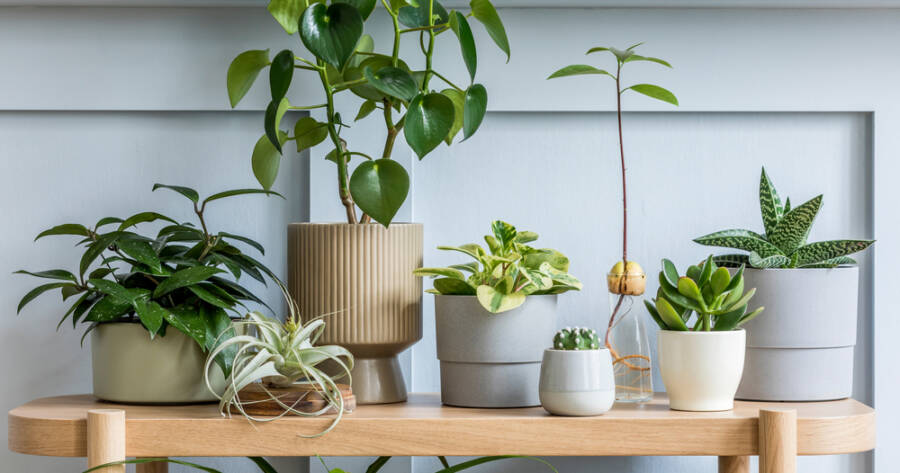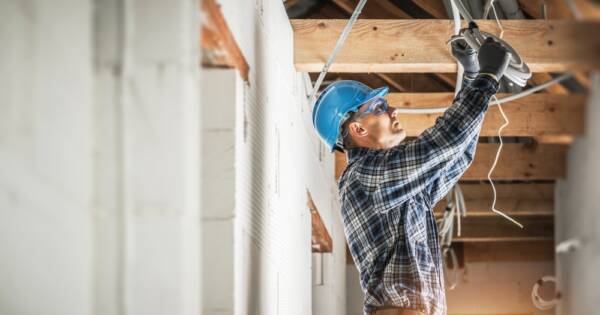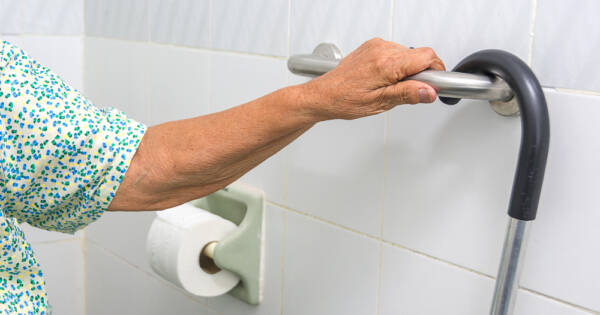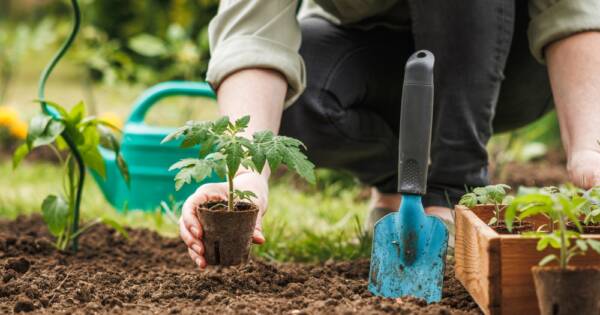Indoor gardening is a great way to add a touch of nature to your living space while also reaping some wonderful benefits, such as better air quality and a calming atmosphere. Whether you live in a small apartment or simply want to bring some greenery into your home, indoor gardening is an easy and rewarding hobby.
1. Choosing the Right Plants
For beginners, it’s important to start with plants that are easy to care for. Some excellent options include:
- Pothos: Also known as devil’s ivy, this plant is virtually indestructible. It thrives in both low and bright light, making it adaptable to various indoor environments.
- Spider Plant: Known for its air-purifying qualities, the spider plant is easy to grow and requires minimal attention.
- Succulents and Cacti: These plants need only occasional watering, making them perfect for those who are just learning the ropes of plant care.1
- Peace Lily: This elegant plant does well in low light and even signals when it needs water by drooping slightly, making it hard to miss its needs.
When choosing your plants, consider the level of natural light your home gets. Some plants thrive in bright, indirect light, while others do well in shady corners. Start with just a few plants and expand your collection as you grow more comfortable with the care requirements.
2. The Importance of Light
Light is one of the most crucial factors for successful indoor gardening. Assess the natural light in your home before selecting plants. A south-facing window usually provides the brightest, most consistent light, whereas east- or west-facing windows get moderate light that can suit many low-light plants.
If you don’t get much natural light, don’t worry. There are plenty of low-light plants, and you can also invest in grow lights, which are an effective alternative to sunlight. Grow lights can help supplement the lighting needs of plants that require more direct sun exposure.
3. Picking the Right Soil and Containers
Indoor plants need the right soil to thrive. Unlike outdoor gardening, where the soil quality varies, using a high-quality potting mix is essential for indoor plants. Regular garden soil is too heavy and doesn’t drain well in containers.
Make sure your containers have drainage holes to prevent waterlogging, as overwatering is a common mistake beginners make. Using pots with good drainage helps prevent root rot, a condition where plant roots are damaged due to sitting in too much water.
4. Watering Tips
Watering can be tricky for beginners, as both underwatering and overwatering can harm your plants. One rule of thumb is to let the top inch of soil dry out before watering again. Stick your finger in the soil, and if it feels dry, it’s time to water.
Different plants have different water needs—succulents, for example, prefer the soil to dry out completely between waterings, whereas plants like ferns require consistently moist soil. If you’re not sure how much to water, start small and adjust based on how your plant reacts.
5. Humidity and Temperature
Most indoor plants do well at room temperature, but they also need some humidity, especially tropical plants like ferns and orchids.2 Central heating can make indoor air dry, which isn’t ideal for these humidity-loving plants. You can increase humidity by misting your plants occasionally, grouping them together, or placing a small humidifier nearby.
Keep your plants away from drafts or direct heat sources like radiators, as sudden temperature changes can stress them out.
6. Fertilizing Your Plants
Indoor plants can benefit from occasional fertilizing to replace nutrients that get depleted over time. Use a balanced, water-soluble fertilizer once a month during the growing season, usually spring and summer. Don’t over-fertilize, as this can lead to nutrient buildup, which can be harmful.
7. Getting Inspired and Enjoying the Process
Indoor gardening is not only about growing plants but also about creating an atmosphere that makes your home feel cozy and fresh. You can experiment with different pots, shelves, or hanging planters to add visual interest to your space.
Don’t get discouraged if a plant doesn’t thrive; learning what works for your specific conditions is part of the process. Gardening is about experimentation and patience. Each plant has its unique needs, and understanding them takes time. Over time, you’ll find yourself enjoying the relaxing process of caring for your indoor garden, watching it grow and change.
Learn More About Bringing the Outside Inside
Indoor gardening is a fulfilling and enjoyable hobby that can be pursued by anyone, regardless of space limitations. With a little planning, you can create a thriving green space that not only beautifies your home but also provides a sense of accomplishment. Start with easy-to-grow plants, learn about their light and water needs, and most importantly, have fun. Happy gardening!




